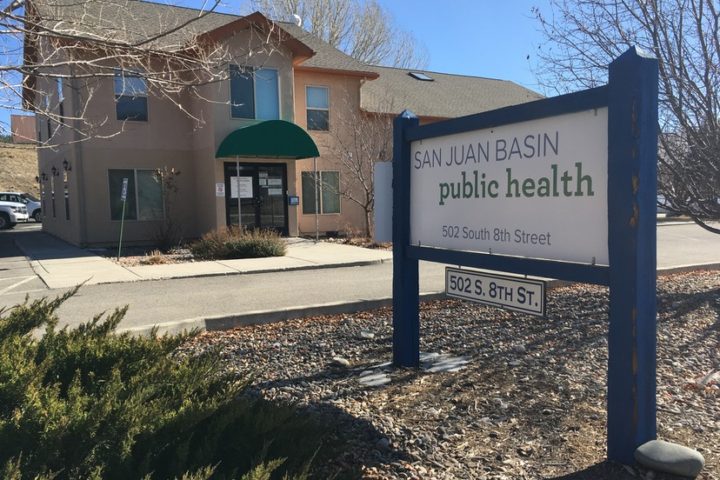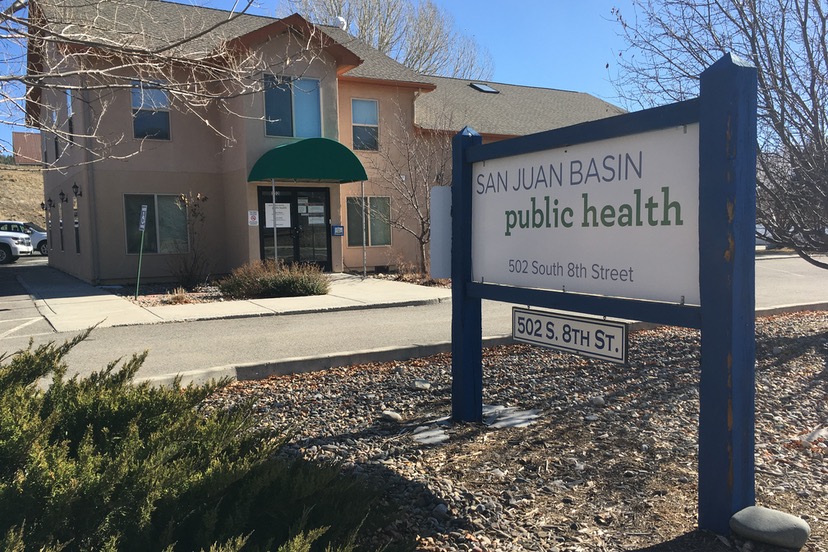As mentioned in Part One, the Archuleta Board of County Commissioners passed a resolution on November 17, demanding seven changes in the way San Juan Basin Public Health District (SJBPH) operates.
Prior to 2020, many of us may have had only vague awareness that SJBPH even existed — unless we had need to install a septic system, or qualify for WIC coupons, or file a death certificate, or watch a food safety official inspect our restaurant… or had need for a dozen other services provided by SJBPH in La Plata and Archuleta County.
Since the arrival of the coronavirus in southwest Colorado, however, almost everyone has become aware of SJBPH’s existence, due to the testing and public awareness campaign being provided by that office.

The Archuleta BOCC, on the other hand, was well aware of SJBPH long before the arrival of COVID-19, considering that the County government is required under Colorado law to provide public health services and, to meet that requirement, has been funding SJBPH’s operations in concert with the La Plata County BOCC. Recently, Archuleta County has been providing about 20% of SJBPH’s local funding, with La Plata providing the other 80%. (SJBPH also gets funding from federal and state grants and other revenue sources.) The 20%-80% split reflects the populations served in each county, with La Plata County — home to the City of Durango — having about four times the population of Archuleta County.
The assumption has been that approximately 20% of SJBPH’s total services are being provided in Archuleta County.
Approximately.
Or shall we say, that has been an assumption by some people. The November 17 Archuleta BOCC resolution makes clear, however, that our three County commissioners — Alvin Schaaf, Ronnie Maez and Steve Wadley — have doubts that Archuleta County is receiving its full allotment of services, as suggested in this section of their resolution:
6. SJBPH shall segregate their annual budget in order to see how services are delivered to Archuleta County in relation to the revenues that are received by all sources.
This strikes me (speaking only for myself) as a ridiculous request. No government agency “segregates” their budget in this manner, and that includes Archuleta County itself. When the Archuleta BOCC, for example, budgets $2 million for road maintenance during 2021, everyone understands that only certain roads are going to receive maintenance in 2021 — hopefully, the roads that need it the most. Everyone also understands that certain residential subdivisions within the county — such as Aspen Springs and the Alpha subdivision — will continue to maintain their own ‘county’ roads, and that residents in those subdivisions will pay a special “metro district” mill levy for the privilege.
In the same manner, a public health agency is going to address, as best it can, the public health issues in the various areas they serve, according to need — not according to “percentage of the population.” The public health needs in Archuleta County are not necessarily identical to the public health needs in La Plata County. For one thing, the average age in La Plata County is about 39 years; the average age in Archuleta County is about 50 years. That, by itself, suggests a difference in the public health needs, in the two counties.
The median annual household income in La Plata County is about $64,000; in Archuleta County it’s about $51,000 (US Census data.) This discrepancy also suggests a possible difference in public health needs and outcomes.
The Archuleta BOCC made other equally ridiculous demands in their November 17 resolution. For example:
1. The Board of representation shall be amended to allow the Boards of County Commissioners of La Plata and Archuleta Counties to appoint all members of SJBPH and the Board of Health.
2. Board members of SJBPH shall have a term limit of eight continuous years.
Besides the fact that these demands are unclear — (does the Archuleta BOCC really expect to interview and appoint every SJBPH employee? They don’t even interview and appoint their own County employees, other than their Administrator and their Attorney) — this demand would appear to be in conflict with Colorado law governing the operation of public health districts.
Specifically, for example, CRS 25-1-508:
Each district board of health shall consist of a minimum of five members. The membership of each district board of health shall include at least one representative from each county in the district. The members of the board shall be appointed by an appointments committee composed of one member of each of the boards of county commissioners of the counties comprising the district. The appointments committee for each district board shall designate the number of members of its district board and shall establish staggered terms for the initial appointments. Thereafter, full-term appointments shall be for five years.
CRS 25-1-508 also specifies that the District Board of Health — as appointed by the “appointments committee” — is given the authority to select the public health director. (Currently, the SJBPH director is Liane Jollon.)
CRS 25-1-509 then specifies that all personnel required by a public health agency be selected by the public health director, who will prescribe their duties.
What, exactly, the Archuleta BOCC hope to accomplish with a resolution misaligned with state law is not immediately clear. Last I looked, the Colorado Revised Statutes are not merely ‘suggestions’ that can be altered by a BOCC resolution. Rather, they’re state laws, governing the composition and operations of all public health districts in the state.
We will note, in passing, that the Archuleta BOCC is currently considering a budget that allocates $243,869 to the office of the County Attorney, Todd Weaver. Why a well-paid attorney like Mr. Weaver would approve a BOCC resolution that’s in apparent in conflict with state law, I cannot say. (I am, of course, assuming that Attorney Weaver gave his stamp of approval to the November 17 resolution… but that’s only an assumption.)

